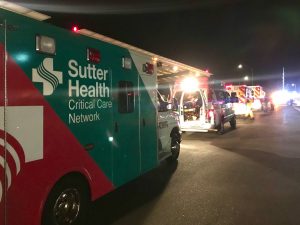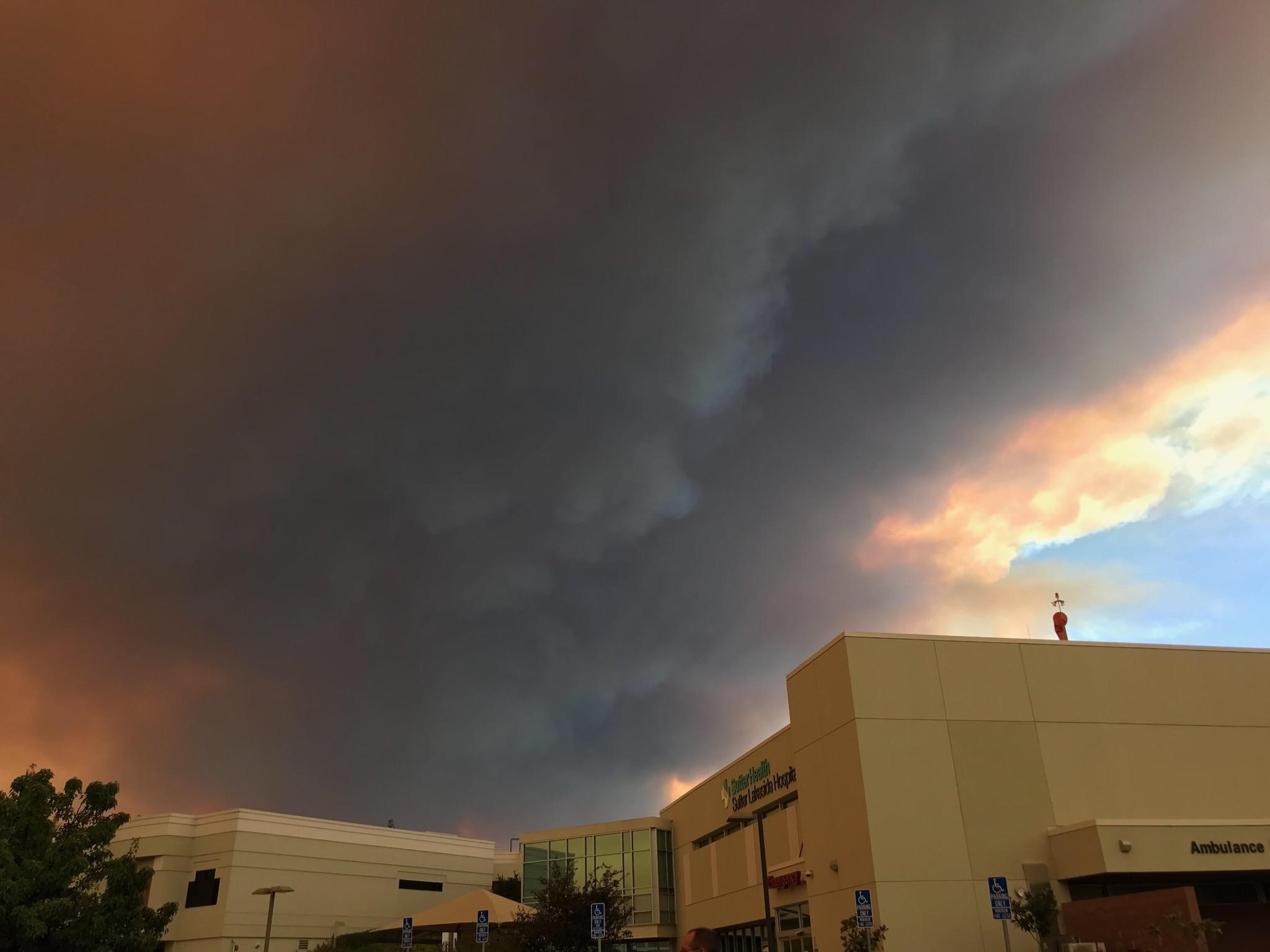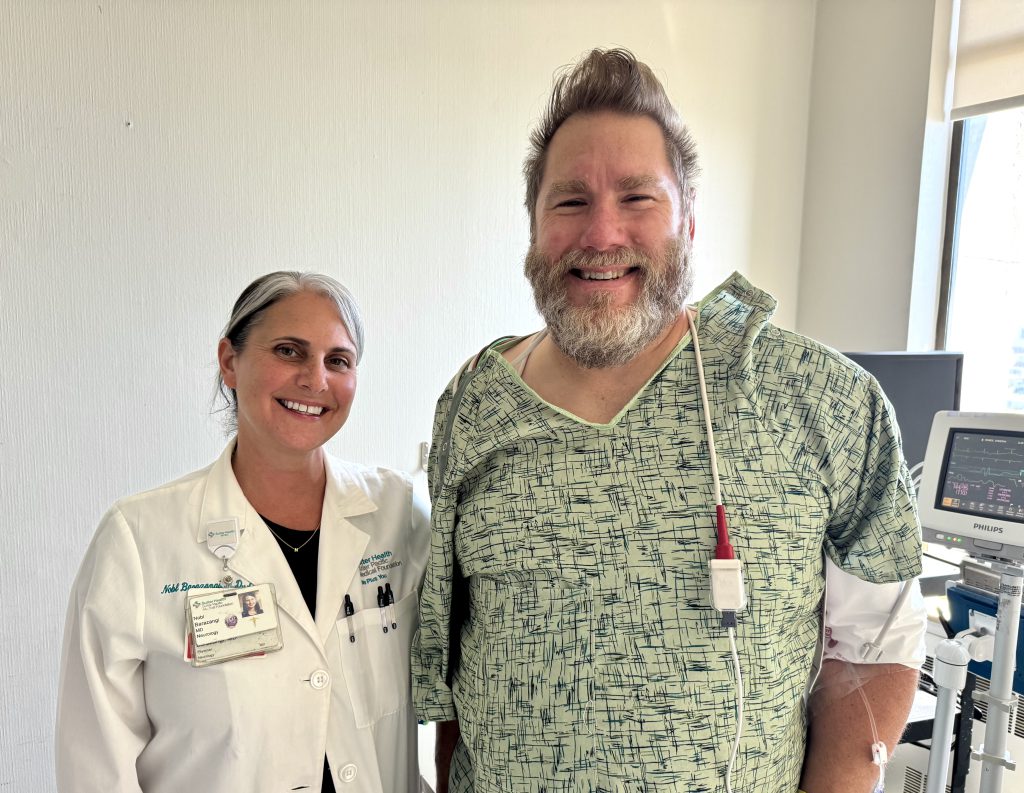By Emma Dugas and Liz Madison, Vitals contributors
“This is not a drill.”
This phrase can jumpstart anyone’s heart. Yet, they are words healthcare workers hear frequently. Training undoubtedly helps support and prepare these professionals for worst-case scenarios. But experience can be invaluable when facing serious circumstances—and when patients and families arrive at hospitals and clinics needing care.
Take one Northern California health system, for example: Sutter Health. Situated in one of the most socially and economically diverse regions in the world, it also covers a geography prone to natural disasters like wildfires and earthquakes. Since the mid-2010s, Sutter hospitals and care centers from the gold country foothills to the northern Bay Area have been impacted by wildfires. And 2021 is shaping up to be no different in terms of fire threats.
“While no one would wish for them, each disaster provides us an opportunity to enhance our response and recovery capabilities,” said Tracy Robles, director of integrated resiliency management for Sutter Health. “As a result of the wildfires and other disasters, our resiliency as an organization continues to grow thanks to the lessons learned from these events.”
Because of its integrated network structure, Sutter Health can marshal and provide necessary support and resources wherever they are needed. In disaster situations, this can be especially helpful for communications, continued access to care, specialized equipment and supplies, and medications—just to name a few.

Ambulances line up on sidewalk in the middle of the night outside of Sutter Santa Rosa Regional Hospital during the Kincade Fire in October 2019.
During the time of the Tubbs Fire in October 2017, Sutter had approximately 150,000 people in the North Bay under its care. Sutter helped meet its patients’ needs—from those who were battling cancer to mothers with high-risk pregnancies—by facilitating the relocation of doctors and expanding critical medical services for people at care centers located outside of the immediate fire zone. Sutter also expanded video visits to patients impacted by the fire. Doctors and clinicians from across Sutter’s network stepped in to staff the program, which allowed patients to see a clinician without leaving their community. While unknown at the time, Sutter’s expansion of video visits then laid the groundwork for the necessary expansion of telehealth services for another healthcare emergency: the COVID-19 pandemic. Speaking of the pandemic, it wasn’t the first time the organization faced challenges from an infectious disease outbreak. The experiences with the H1N1 flu of 2009-2010 and Ebola’s arrival in the U.S. in 2014 contributed to Sutter Health’s response to COVID-19.

Several Sutter team members huddle together in a SHEMS incident command center to support the network during the Tubbs Fire of 2017.
Sutter Health’s emergency management system, known within the organization as SHEMS, is the nucleus supporting the organization as it faces these widespread challenges. It mirrors FEMA’s National Incident Management System structure, which embraces the Incident Command System approach that was specifically created to respond to wildfires. And just as fire crews can fight a fire from various angles, SHEMS works many fronts as well—whether it is staffing, employee support or supply chain processes.
Robles says while SHEMS strong infrastructure and processes are important in a crisis, it is the people who make it work. The SHEMS Incident Management Team is comprised of clinical and operational experts from various disciplines across the system.
“I know I could call any of them at 3 a.m., if it was necessary,” Robles said. “They are committed to our patients and staff, helping make sure they have what they need.”





